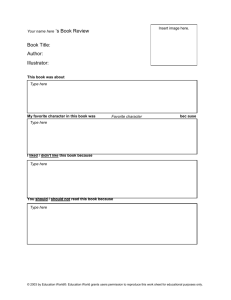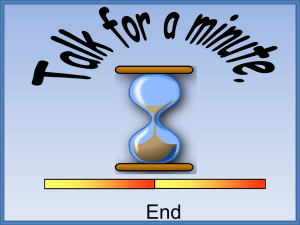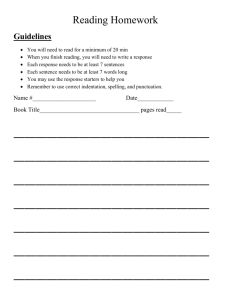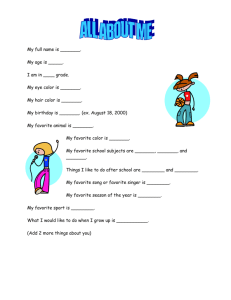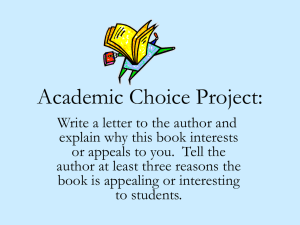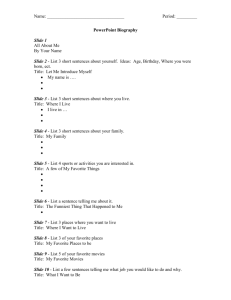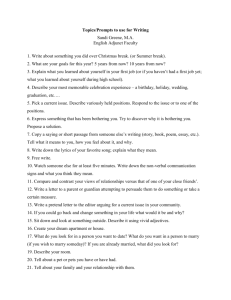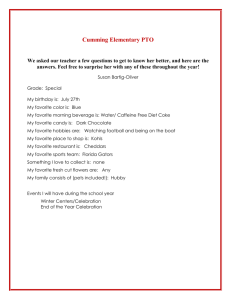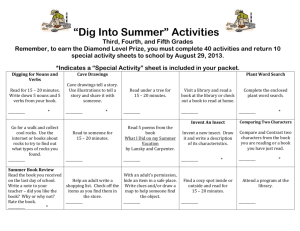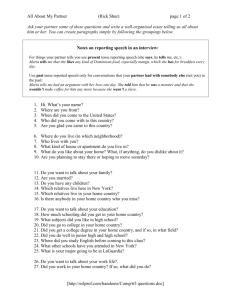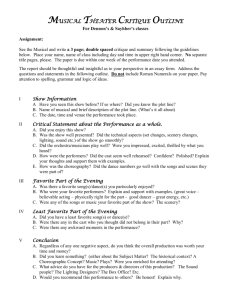Pre-visit slides - North Carolina Museum of Art
advertisement
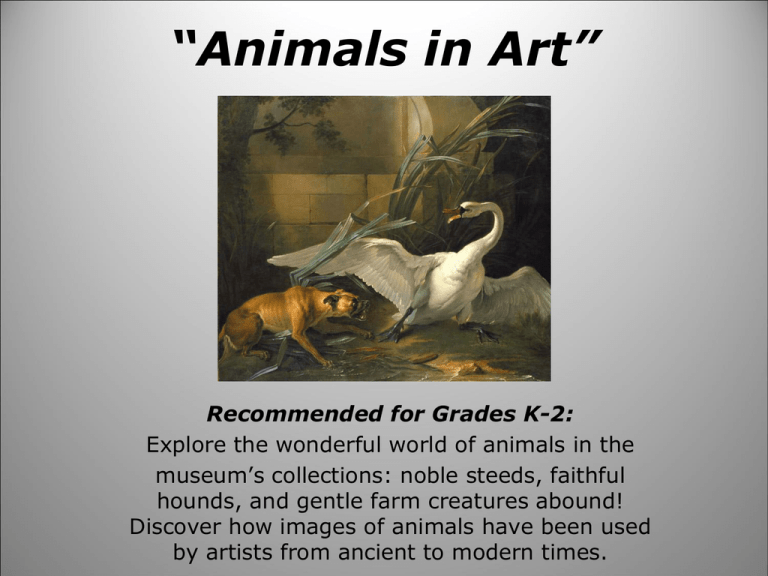
“Animals in Art” Recommended for Grades K-2: Explore the wonderful world of animals in the museum’s collections: noble steeds, faithful hounds, and gentle farm creatures abound! Discover how images of animals have been used by artists from ancient to modern times. North Carolina Common Core and Essential Standards Correlations: Science: K.P.2, K.L.1 1.P.1, 1.E.2, 1.L.1, 1.L.2 2.L.1, 2.L.2 Visual Arts: K.V.1, K.V.2, K.CX.1, K.CR.1 1.V.1, 1.V.2, I.CX.1, I.CR.1 2.V.1, 2.V.2, 2.CX.1, 2.CR.1 English Language Arts: K.SL.1, K.SL.2, K.SL.3, K.SL.4, K.SL.6 1.SL.1, 1.SL.2, 1.SL.3, 1.SL.4, 1.SL.6 2.SL.1, 2.SL.2, 2.SL.3, 2.SL.4, 2.SL.6 Pre-Visit Key Questions: • What kinds of animals make good pets? What kinds of animals would you not want as a pet? Why? • What kinds of animals do you like to draw or paint? What kinds of details do you include when you draw your favorite animal? • What kinds of words (adjectives, “describing words” would you use to tell us about your favorite animal? Jean-Baptiste Oudry, Swan Attacked by a Dog (French, 1745) Bust of the Goddess Sekhmet (Egyptian, c. 1390-1352 B.C.E.) John Singleton Copley, Sir William Pepperrell (1746-1816) and His Family (American, 1778) Philips Wouwerman, Stag Hunt in a River (Dutch, c. 1650-55) Peter Paul Rubens and workshop, The Bear Hunt (Flemish, 1639-40) Aphrodite of Cyrene (Roman, 1st century) Frans Snyders and workshop, Market Scene on a Quay (Flemish, c. 1635-40) Post-Visit Key Questions: • Did you have a favorite work of art that you saw today? Which one, and why? • Do you have some new ideas for your own drawings and paintings of your favorite animals? • Do you have some new words or adjectives to describe different kinds of animals?
